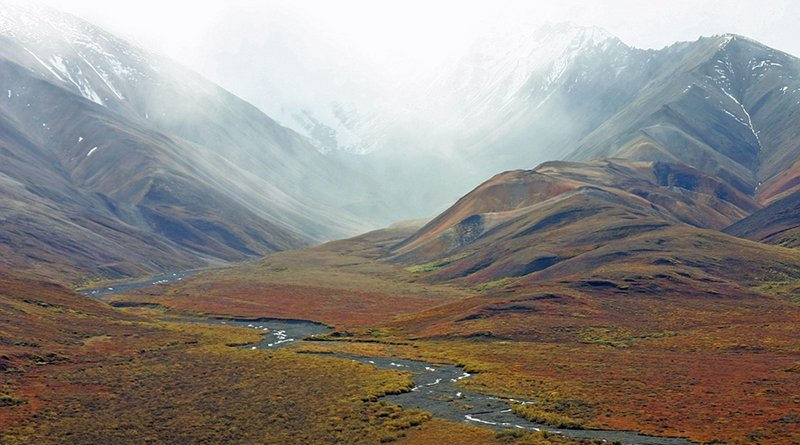SOURCE: Eurasia Review
DATE: July 10, 2019
SNIP: Rising temperatures in the tundra of the Earth’s northern latitudes could affect microbial communities in ways likely to increase their production of greenhouse gases methane and carbon dioxide, a new study of experimentally warmed Alaskan soil suggests.
About half of the world’s total underground carbon is stored in the soils of these frigid, northern latitudes. That is more than twice the amount of carbon currently found in the atmosphere as carbon dioxide, but until now most of it has been locked up in the very cold soil. The new study, which relied on metagenomics to analyze changes in the microbial communities being experimentally warmed, could heighten concerns about how the release of this carbon may exacerbate climate change.
“We saw that microbial communities respond quite rapidly – within four or five years – to even modest levels of warming,” said Kostas T. Konstantinidis, the paper’s corresponding author and a professor in the School of Civil and Environmental Engineering and the School of Biological Sciences at the Georgia Institute of Technology.
The study provides quantitative information about how rapidly microbial communities responded to the warming at critical depths, and highlights the dominant microbial metabolisms and groups of organisms that are responding to warming in the tundra. The work underscores the importance of accurately representing the role of soil microbes in climate models.
“Because of the very large amount of carbon in these systems, as well as the rapid and clear response to warming found in this experiment and other studies, it is becoming increasingly clear that soil microbes – particularly those in the northern latitudes – and their activities need to be represented in climate models,” Eric R. Johnston, now a postdoctoral researcher at Oak Ridge National Laboratory, who conducted the study’s analysis as a Georgia Tech Ph.D. student, said. “Our work provides markers – species and genes – that can be used in this direction.”

